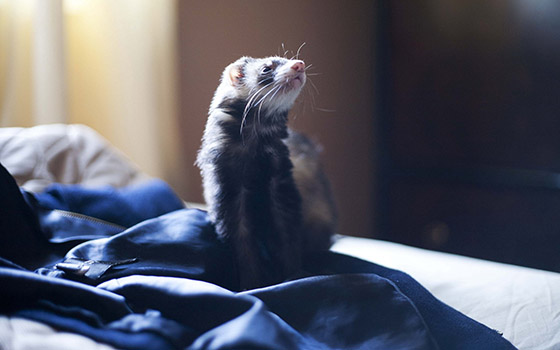Cosplay, the artwork of embodying characters from various media thru dress and performance, has developed considerably through the years. to begin with a spot hobby, it has grown into a vibrant global network in which creativity and ardour converge. but, this increase has additionally introduced to light the need for more inclusive practices in the cosplay community. ensuring that everyone feels welcome and revered irrespective of their historical past is vital for nurturing a positive surroundings.
One key issue of creating cosplay greater inclusive is recognizing and addressing the boundaries that exist. for many enthusiasts, economic constraints can be a substantial hurdle. materials and elaborate designs frequently include a hefty fee tag, that could deter the ones from lower socioeconomic backgrounds. To combat this, tasks which includes switch activities, wherein individuals change or promote costume portions at reduced charges, may be extraordinarily useful. additionally, online tutorials offering DIY techniques can assist reduce expenses and make cosplay extra on hand.

any other vital aspect is the illustration of diverse frame kinds, races, and competencies. traditionally, mainstream media has predominantly featured characters with specific physical attributes, that could make cosplaying sure characters challenging or maybe alienating for a few enthusiasts. selling variety within cosplay entails encouraging creators and designers to provide styles and designs that cater to a much wider range of body sizes and styles. Social media systems and cosplay communities can play a important function in showcasing this inclusivity by highlighting various cosplayers and celebrating their contributions.
Age is any other size to take into account when fostering an inclusive environment. at the same time as cosplay is frequently associated with younger participants, individuals of every age revel in wearing costumes and expressing their fandom. developing secure and inviting areas for older cosplayers can beautify their enjoy and encourage intergenerational participation. events and conventions have to strive to house unique age agencies by providing sports and programming that appeal to a wide target audience while ensuring admire and inclusion throughout all demographics.

Accessibility is a critical aspect of inclusivity, in particular for individuals with disabilities. Conventions and cosplay occasions need to prioritize accessibility through providing functions inclusive of ramps, reachable restrooms, and distinct quiet regions. furthermore, elevating attention about invisible disabilities can help create a more empathetic and expertise network. providing resources and guide, together with courses on adapting costumes for wheelchair users or people with restricted mobility, can appreciably decorate the cosplay experience for all people worried.
Language and communique also play a crucial function in breaking down obstacles. the usage of inclusive language that respects gender identity and expression is fundamental. This includes using phrases like “they/them” pronouns and heading off assumptions approximately someone’s gender or sexuality. instructing cosplayers about these issues can lead to a extra respectful and supportive network. Workshops and seminars on inclusivity can function treasured tools in promoting knowledge and reputation inside the cosplay international.

In conclusion, fostering an inclusive cosplay community calls for a concerted attempt to cope with diverse obstacles. by way of selling financial accessibility, embracing range, accommodating exceptional ages, making sure physical accessibility, and adopting inclusive language and practices, the cosplay network can turn out to be a extra welcoming space for all. Breaking these barriers now not best enriches the experience for existing contributors but also opens doorways for brand new lovers to join and make a contribution to this liked pastime. thru inclusivity, cosplay can hold to thrive as a dynamic and numerous form of self-expression and creativity.









